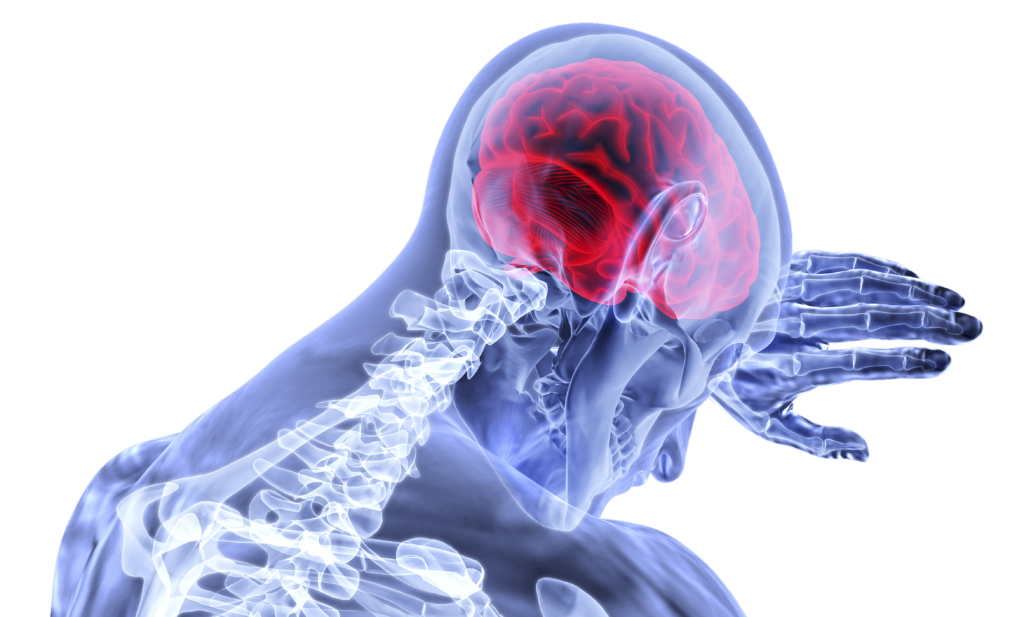Alzheimer’s: Why is the Brain Deteriorating?
After considerable research it is interesting to bring you up to speed on documented evidence of things which answer the question. “Why is the human brain deteriorating faster than the rest of the body?”
There are a multitude of factors and today’s article will touch on a few and also provide some solutions.
For starters I find it disturbing and somewhat criminal that a common blood pressure medication called calcium channel blockers has been proven radiologically on MRI to cause brain shrinking. Research has shown that these drugs cause deterioration of the I.Q. within 5 years’ use.
Another medication used to lower cholesterol called Lipitor causes a decline in brain function. It is important to know that statin cholesterol-lowering drugs like Lipitor poison the liver’s synthesis of cholesterol. This in turn will starve the brain of cholesterol needed to repair the brain, renew worn out membranes, and stave off Alzheimer’s.
In fact, an excellent book, “Lipitor Thief of Memory” written by the respected medical doctor, former astronaut, aerospace medical research scientist, flight surgeon, and family doctor, Dr. Duane Graveline, shares his rapid mental decline after taking the drug Lipitor. Worth reading.
Even with all this hard evidence can you believe the pharmaceutical industry has created a potent drug which combines both the calcium channel blocker and a statin called Atorvastatin/Amlodipine (Caduet). Talk about a double punch to optimal brain function!
Moving on to another documented contributor of Alzheimer’s, we can’t forget the unavoidable heavy metals. We all have them in us and they poison brain repair enzymes, leading to Alzheimer’s.
For example, there is no one who doesn’t have aluminum in them, from eating out, aluminum cookware, aluminum flocculation agents in municipal drinking waters, aluminum in baking powders used in breads, processed and restaurant foods cooked in aluminum vats, industrial and vehicular exhausts, deodorants, antacids, and many other sources.
Aluminum causes the nerves in the brain to actually get tangled up (neurofibrillary tangles) as well as make a glue-like substance (called amyloid) to gum up the normal workings of the delicate brain electricity..
Now to provide some nutritional answers to reduce amyloid production we need to look no further than Phosphatidylserine (PS). This nutritional powerhouse has shown to perk up memory, and stave off Alzheimer’s. One interested case showed PS in 3 months return the memory back to where it was 12 years earlier.
Most recently there has been evidence how DHA is an amyloid eater.
Well here is something even easier: green tea. Real organic green tea has over 3 catechins or polyphenols. They have been found to be potent preventers of amyloid deposition in the brain. Sencha Premium Organic Green Tea is by far the best I have found.
This short article is simply a glimpse of the research you won’t see promoted on CNN or Fox News. Of course this is sad. There is another side of the clinical management of many diseases that the public will rarely if ever be shown unless you are a reader of my weekly health reports or other alternative or functionally oriented heath professional reports or journals.
The take away from today’s article is to “NOT” be your own doctor but seek out the assistance and help from someone trained and skilled in functional medicine who can properly evaluate you and outline a personalized program to help you get well.
Compliments from Functional Medicine University
BY: jmontague
Health Information
COMMENTS: No Comments
The Vitamin D-Magnesium Connection
After consulting with hundreds of patients, I am seeing a scary pattern that I want to bring to your attention.
It is important to know that if you have a low vitamin D level in spite of taking it, a magnesium deficiency can be one of the reasons you can’t correct it.
Magnesium levels in the first quintile (lower 20% of reference range) or below that, could make you a victim of a fatal heart attack.
The following represents the quintile ranking. You want to see your intracellular magnesium in the 5th quintile.

In addition to increasing your intracellular magnesium levels to the 5th quintile, I recommend working on increasing your vitamin D levels to 75 nmol/L or more.
Don’t accept a level of less than 50 nmol/L. It is simply insufficient to support good health. The most current medical literature has shown that 5000IU per day is safe. You can even go as high as 10,000 IU.
It is sad to see that many physicians are still recommending 400IU per day. This is out-dated information. This level is only for preventing a disease called rickets.
Much higher levels of vitamin D are needed for prevention and healing diseases such as diabetes, coronary artery disease, osteoporosis, depression, recurrent infections, dental problems, etc.
So the take away is make sure you have your physician test your intracellular magnesium levels in conjunction with vitamin D levels.
By the way, I mean intracellular NOT serum magnesium. This is commonly ordered on a basic blood test.
The following are two good labs that offer the intracellular magnesium:
http://www.gdx.net/product/nutrient-toxic-elements-test-blood (Genova/Metametrix)
https://www.doctorsdata.com/red-blood-cell-rbc-elements (DoctorsData)
Compliments from Functional Medicine University
References:
Hanley DA, et al, Symposium: Vitamin D insufficiency: A significant risk factor for chronic diseases and potential disease-specific biomarkers of vitamin D sufficiency, J Nutr. 135:332-7, 2005
Vieth R, et al, Efficacy and safety of vitamin D3 intake exceeding the lowest observed adverse effect level, Am J Clin Nutr 73:288-94, 2003
Hollis BW, Circulating 25-hydroxy vitamin D levels indicative of vitamin D sufficiency: implications for establishing a new effective dietary intake recommendation for vitamin D, J Nutr 135:317-22, 2005
Chapuy MC, et al, Prevalence of vitamin D insufficiency in an adult normal population, Osteoporosis International 7:439-43, 1997
Thomas MK, et al, Hypovitaminosis D in medical in-patients, New Engl J Med, 338:777-83, 1998
Rude RK, et al, Skeletal and hormonal effects of magnesium deficiency, J Am Coll Nutr 28; 2:131-41, 2009
BY: jmontague
Dietary Supplements
COMMENTS: No Comments



